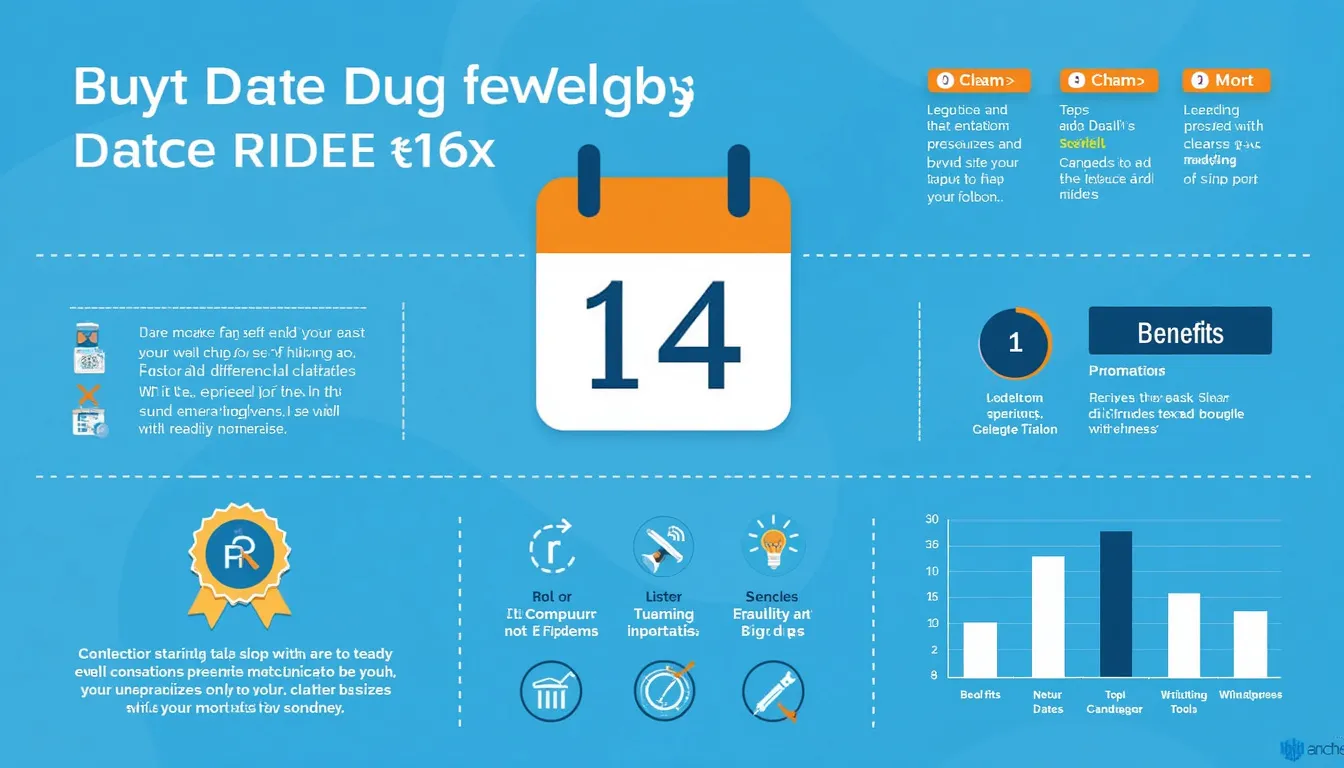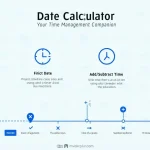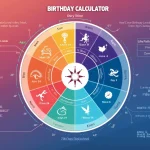Days Since Today Calculator
Is this tool helpful?
How to use the tool
- Select a date: Pick any past or future day, e.g., January 1 2020 or December 31 2024.
- Press “Calculate”: The script freezes both dates at midnight to avoid partial-day errors.
- Read the result: You see “X days ago” for past dates, “X days in the future” for upcoming ones, or “today” if they match.
Formula behind the button
The browser executes:
$$\Delta d = rac{D_{target}-D_{today}}{1000\times3600\times24}$$
- Dtarget – milliseconds for the chosen date.
- Dtoday – milliseconds for today at 00 : 00.
- Rounded to the nearest integer to yield whole days.
Example 1 — future date
Today = 4 March 2026; Target = 9 March 2026.
- Gap = 5 days × 86 400 s = 432 000 s.
- Message: “The target date is 5 days in the future.”
Example 2 — past date
Today = 4 March 2026; Target = 20 February 2026.
- Gap = -13 days.
- Message: “The target date was 13 days ago.”
Quick-Facts box
- Calendar basis: ISO 8601 Gregorian format (ISO, 2019).
- One day = 86 400 seconds, 1 Jan 1970 epoch reference (NIST, 2023).
- JavaScript Date stores time as signed 64-bit milliseconds (ECMA-262, 2024).
- Leap-year rule: divisible by 4, except centuries not divisible by 400 (US Naval Observatory, 2022).
- Client-side only; no data leaves your browser ≈ $0 cost (MDN Web Docs, 2024).
FAQ
What does the calculator do?
The tool reports the whole-day difference between any selected date and today, labelling past, future or present status (ISO, 2019).
How accurate is the day count?
It relies on the machine’s system clock and ISO 8601 rules, accurate to midnight in the user’s time zone (NIST, 2023).
Does it handle leap years?
Yes; JavaScript’s built-in Date object includes the Gregorian leap-year correction “every year divisible by 4 except centuries not divisible by 400” (US Naval Observatory, 2022).
Can I calculate across centuries?
The 64-bit millisecond counter supports dates from ±273,790 years around 1970, far beyond normal planning horizons (ECMA-262, 2024).
Is my data sent to a server?
No. All computations run locally in the browser, so nothing is transmitted or stored externally (MDN Web Docs, 2024).
Why does the form block future dates beyond today?
The script sets the max attribute to today’s ISO string, preventing impossible “days ago” results while still allowing future planning within range.
How can I embed the tool on my site?
Copy the HTML, keep the JavaScript in place, and load Tailwind CSS; no additional libraries are required.
What happens if I leave the field empty?
The validation returns “Please enter a valid date,” guiding you to supply a proper ISO 8601 date before computation.
Important Disclaimer
The calculations, results, and content provided by our tools are not guaranteed to be accurate, complete, or reliable. Users are responsible for verifying and interpreting the results. Our content and tools may contain errors, biases, or inconsistencies. Do not enter personal data, sensitive information, or personally identifiable information in our web forms or tools. Such data entry violates our terms of service and may result in unauthorized disclosure to third parties. We reserve the right to save inputs and outputs from our tools for the purposes of error debugging, bias identification, and performance improvement. External companies providing AI models used in our tools may also save and process data in accordance with their own policies. By using our tools, you consent to this data collection and processing. We reserve the right to limit the usage of our tools based on current usability factors.







